In today’s fast-evolving digital marketing competitive scene, mastery in leveraging first-party data is not optional but a must.
For local businesses, leveraging first-party data makes all the difference between running an effective ad campaign and losing an audience to competitors.
First-party data is a golden opportunity to build personalized, highly targeted advertising strategies that resonate with local customers, especially as privacy regulations tighten and third-party cookiesCookies set by websites other than the one you are currently visiting, often used for tracking and advertising. are phased out.
This guide dives into actionable strategies for local store ads, ensuring you maximize the potential of your first-party data.
Let’s start by understanding what first-party data is and why it’s a game-changer for local advertising.
- Understanding First-Party Data in Local Store Advertising
- Effective Methods for Collecting First-Party Data
- Integrating First-Party Data into Google Ads Campaigns
- Optimizing Local Store Ads with First-Party Data
- Measuring and Analyzing Ad Performance Using First-Party Data
- Maximizing Local Advertising Success with First-Party Data
- Frequently Asked Questions About First-Party Data in Local Store Advertising
Understanding First-Party Data in Local Store Advertising
First-party data refers to the information that your business collects directly from customers.
Unlike third-party data, which is purchased or aggregated from external sources, first-party data is inherently more reliable, accurate, and privacy-compliant.
Why is this important for local store advertising?
Because first-party data allows you to create a direct connection with your audience.
By leveraging customer insights, you can craft ad campaigns that speak directly to their preferences and needs.

The Significance of Defining and Utilizing First-Party Data in Digital Marketing.
Defining First-Party Data and Its Importance
First-party data includes information like email addresses, purchase history, website interactions, and even in-store behaviors.
This data is collected through your own touchpoints, such as your website, CRM systemsCustomer Relationship Management systems, tools used to manage interactions with customers and potential customers., or loyalty programs.
It is important because it’s very accurate and exclusive—it’s data that only your business can have, hence giving you an edge over others.
Imagine knowing precisely what your local customers are searching for, what products they’ve shown interest in, and how often they visit your store.
This level of insight allows you to tailor your Google Ads to align perfectly with their needs.

Highlighting the Advantages of First-Party Data for Local Store Success.
Benefits of Utilizing First-Party Data for Local Stores
When you use first-party data effectively, you unlock several benefits:
- Improved Personalization: Tailor your ad campaigns to reflect individual customer preferences and behavior.
- Higher ROI: Targeted ads are more effective, leading to higher conversion rates and lower ad spend.
- Better Customer Relationships: Personalized campaigns foster trust and loyalty among your audience.
- Privacy Compliance: With stricter privacy laws, relying on first-party data ensures you adhere to regulations like GDPR and CCPA.
By understanding and utilizing first-party data, you’re not just running ads—you’re building meaningful connections with your local customers.
Interested in digging deeper into how to collect and make use of the data?
Wait until the next section!
First-party data offers a competitive edge by providing exclusive, accurate insights that drive effective local store ads. Use this data to create campaigns tailored to customer preferences, ensuring higher engagement and compliance with privacy laws.

Illustrating Key Strategies for First-Party Data Collection in Digital Marketing.
Effective Methods for Collecting First-Party Data
Gathering first-party data is essential for creating personalized and impactful local store advertising campaigns.
By employing various strategies, you can collect valuable information directly from your customers, enhancing your marketing efforts and fostering stronger customer relationships.

Encouraging Customer Engagement through Surveys and Feedback Forms.
Implementing Customer Surveys and Feedback Forms
Engaging customers through surveys and feedback forms allows you to gather insights into their preferences, behaviors, and satisfaction levels.
Consider the following approaches:
- Post-Purchase Surveys: After a transaction, ask customers about their shopping experience and product satisfaction.
- Website Feedback Forms: Include forms on your website to collect opinions on site usability and content relevance.
- In-Store Questionnaires: For physical locations, provide brief surveys at checkout or via email receipts.
These methods not only provide valuable first-party data but also demonstrate that you value your customers’ opinions, enhancing their connection to your brand.
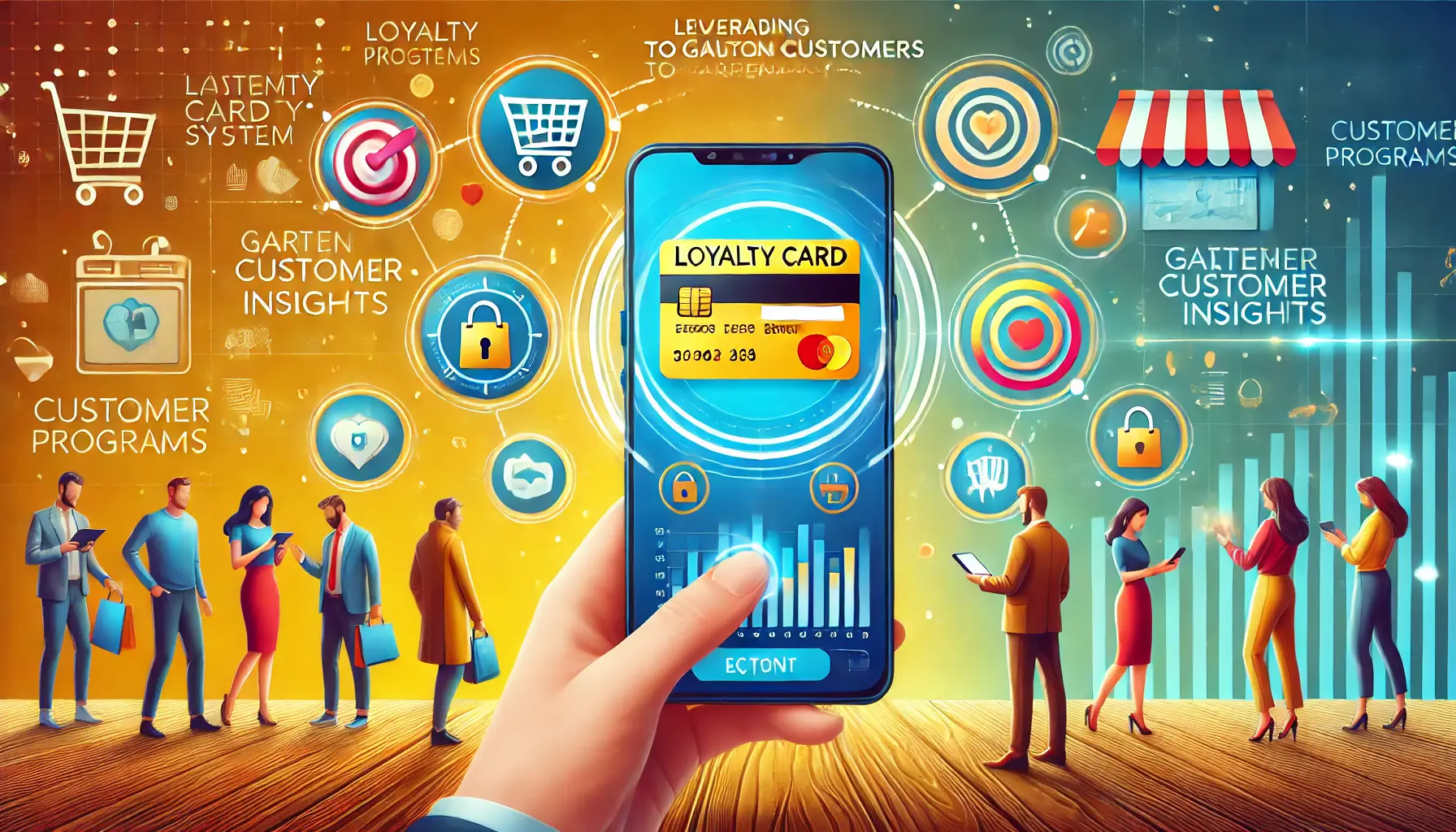
Harnessing Loyalty Programs to Enhance Customer Data Collection.
Leveraging Loyalty Programs to Gather Customer Insights
Loyalty programs are effective tools for collecting first-party data while rewarding repeat customers.
Implementing such programs can:
- Track Purchase History: Monitor buying patterns to understand product popularity and customer preferences.
- Collect Demographic Information: Gather data such as age, gender, and location during program sign-up.
- Encourage Engagement: Offer exclusive deals or points for completing profiles or participating in surveys.
This approach not only incentivizes repeat business but also provides a wealth of first-party data to tailor your marketing strategies effectively.

Maximizing Insights through Website Analytics for Behavioral Data.
Utilizing Website Analytics for Behavioral Data
Your website is a rich source of behavioral data that can inform your advertising efforts.
By analyzing user interactions, you will be able to learn about:
- Page Views and Navigation Paths: Which pages are viewed the most and how users navigate your site.
- Time Spent on Pages: Determine content engagement levels to refine your messaging.
- Conversion Rates: Assess the effectiveness of calls-to-action and identify areas for improvement.
Tools like Google Analytics can help you track these metrics, enabling data-driven decisions to enhance your local store ads.
By implementing these methods, you can build a robust database of first-party data that empowers you to create targeted, personalized, and effective advertising campaigns for your local store.
Customer surveys, loyalty programs, and website analytics are key strategies for gathering actionable first-party data. These methods not only enhance your marketing efforts but also strengthen customer relationships.
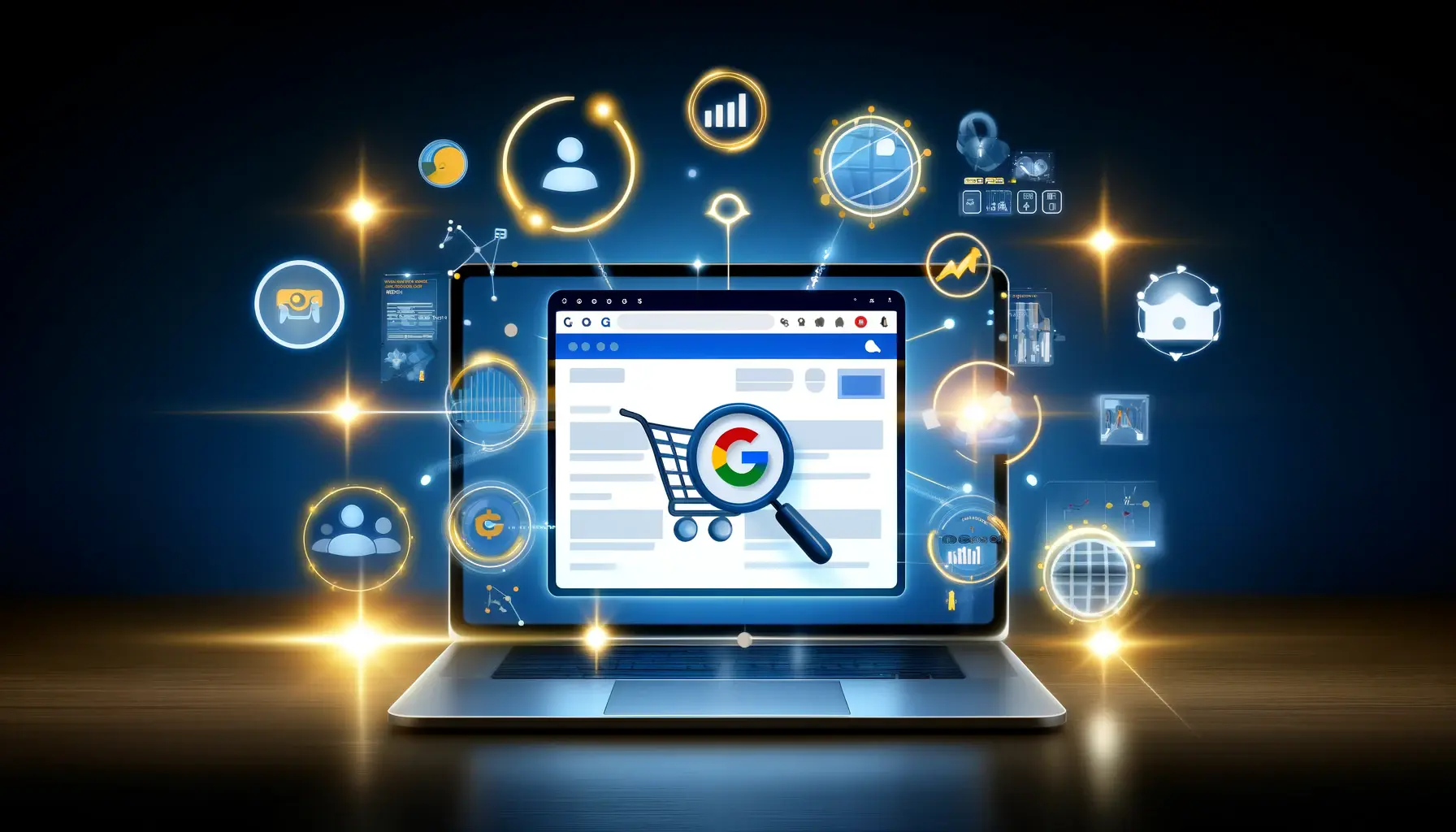
Seamlessly Integrating First-Party Data into Google Ads Campaigns.
Integrating First-Party Data into Google Ads Campaigns
Effectively incorporating first-party data into your Google Ads campaigns enables personalized advertising, leading to improved engagement and higher conversion rates.
Here’s how to seamlessly integrate this data into your campaigns:

undefined
Setting Up Customer Match for Personalized Advertising
Google’s Customer MatchA Google Ads feature that allows advertisers to use first-party data to target specific audiences. allows you to use your first-party data to reach and re-engage with your customers across various Google platforms.
To set it up:
- Prepare Your Data: Collect customer information, including email addresses, phone numbers, and mailing addresses. Ensure that you have customers’ consent in compliance with privacy policies.
- Upload Data to Google Ads: Navigate to the ‘Audience Manager’ in Google Ads and upload your customer list. Google will match this data with user profiles.
- Create Targeted Campaigns: Develop ad campaigns tailored to these matched audiences, delivering personalized content that resonates with them.
Utilizing Customer Match enhances ad relevance and fosters stronger customer relationships.

Streamlining Audience Segmentation for Targeted Marketing Strategies.
Creating Segmented Audiences Based on Collected Data
Segmenting your audience using first-party data allows for more precise targeting.
Consider the following segmentation strategies:
- Demographic Segmentation: Group customers by age, gender, location, or other demographic factors to tailor your messaging.
- Behavioral Segmentation: Categorize customers based on their purchase history, website interactions, or engagement levels.
- Lifecycle Stage Segmentation: Identify where customers are in their journey—new leads, repeat purchasers, or lapsed customers—and customize ads accordingly.
By creating these segments, you can deliver more relevant ads, increasing the likelihood of conversion.
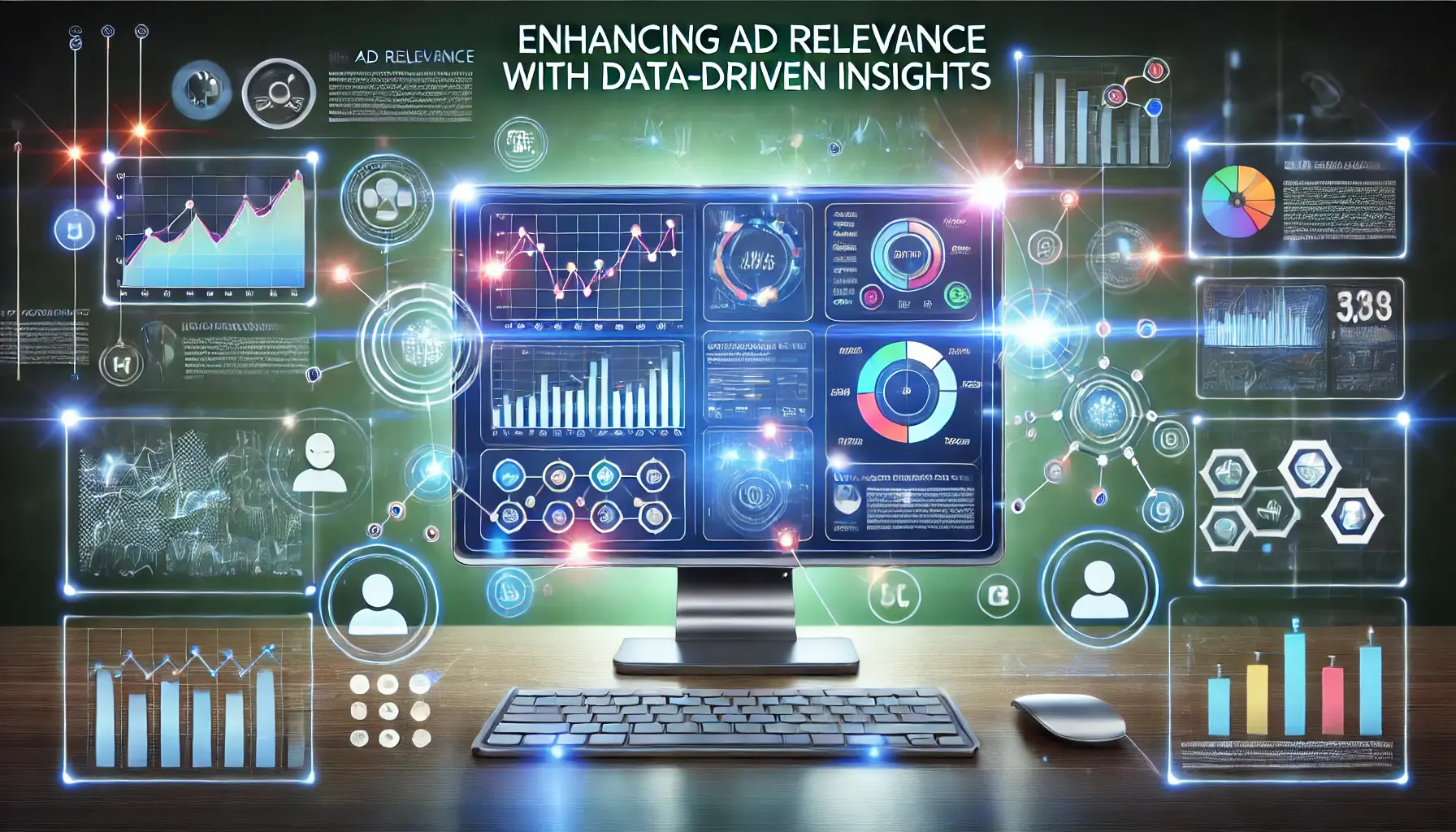
Optimizing Ad Relevance through Data-Driven Insights and Performance Metrics.
Enhancing Ad Relevance with Data-Driven Insights
Leveraging insights from your first-party data can significantly boost ad relevance.
Employ the following best practices:
- Personalized Ad Copy: Use customer names or reference past purchases to create a personalized experience.
- Dynamic Content Insertion: Pre-built product recommendations or offers are automatically inserted, utilizing customer data to make smart decisions in real time.
- Timing Optimization: Schedule ads to appear when your target audience is most active, as determined by your data.
These practices ensure that your ads are not only viewed but also resonate deeply with your audience, driving better results.
Integrating first-party data into Google Ads enables you to run effective, personalized advertising campaigns—ads that speak to the very needs and preferences of your customers.
Google Ads’ Customer Match and audience segmentation enable personalized ad campaigns using first-party data. These tools help improve engagement and maximize ROI by targeting the right audience with relevant content.
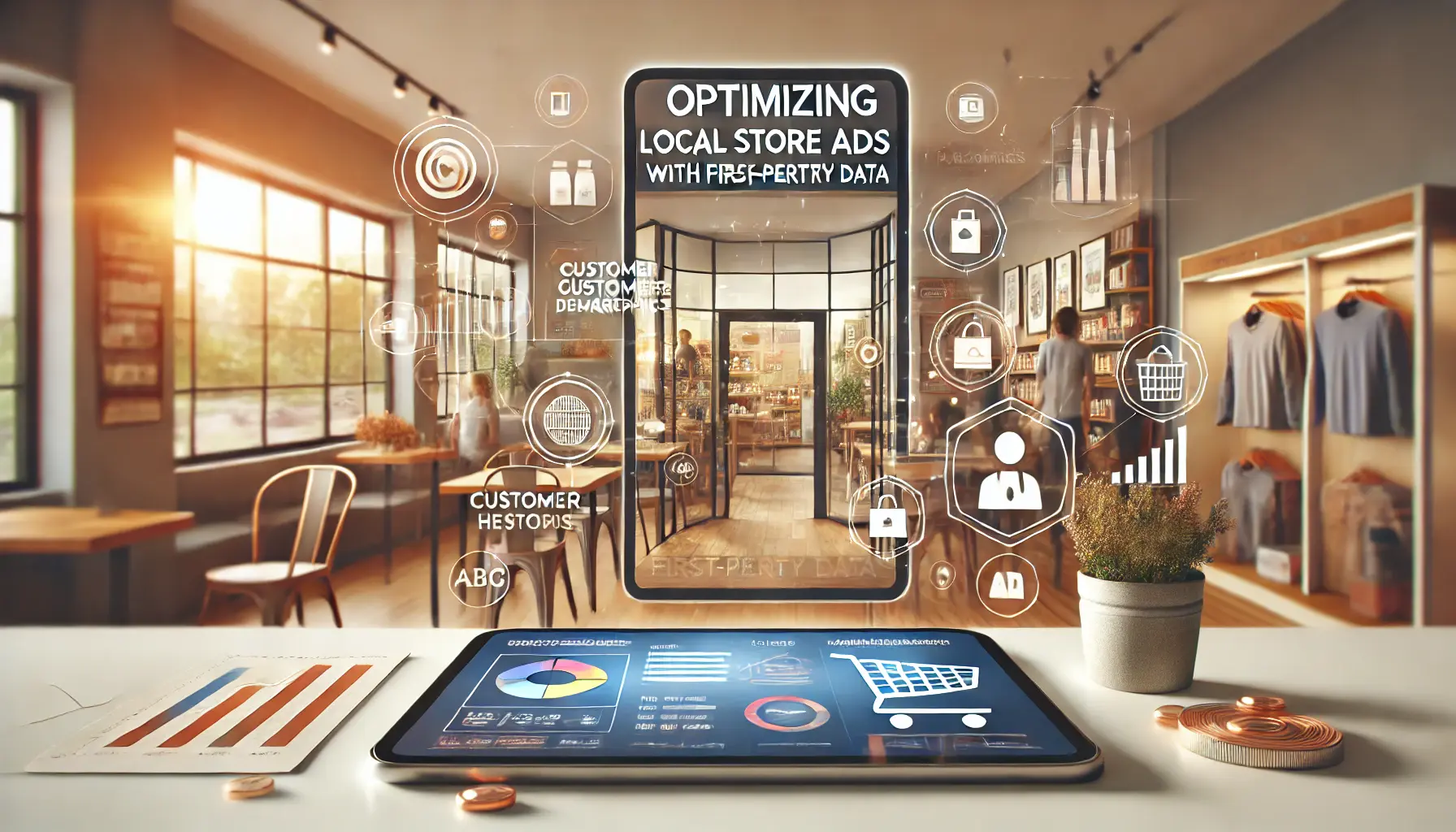
Optimizing Local Store Advertising through First-Party Data Insights.
Optimizing Local Store Ads with First-Party Data
Leveraging first-party data can significantly enhance the effectiveness of your local store advertising campaigns.
By utilizing data collected directly from your customers, you can create more personalized and targeted ads that resonate with your local audience.
Here’s how to optimize your local store ads using first-party data:
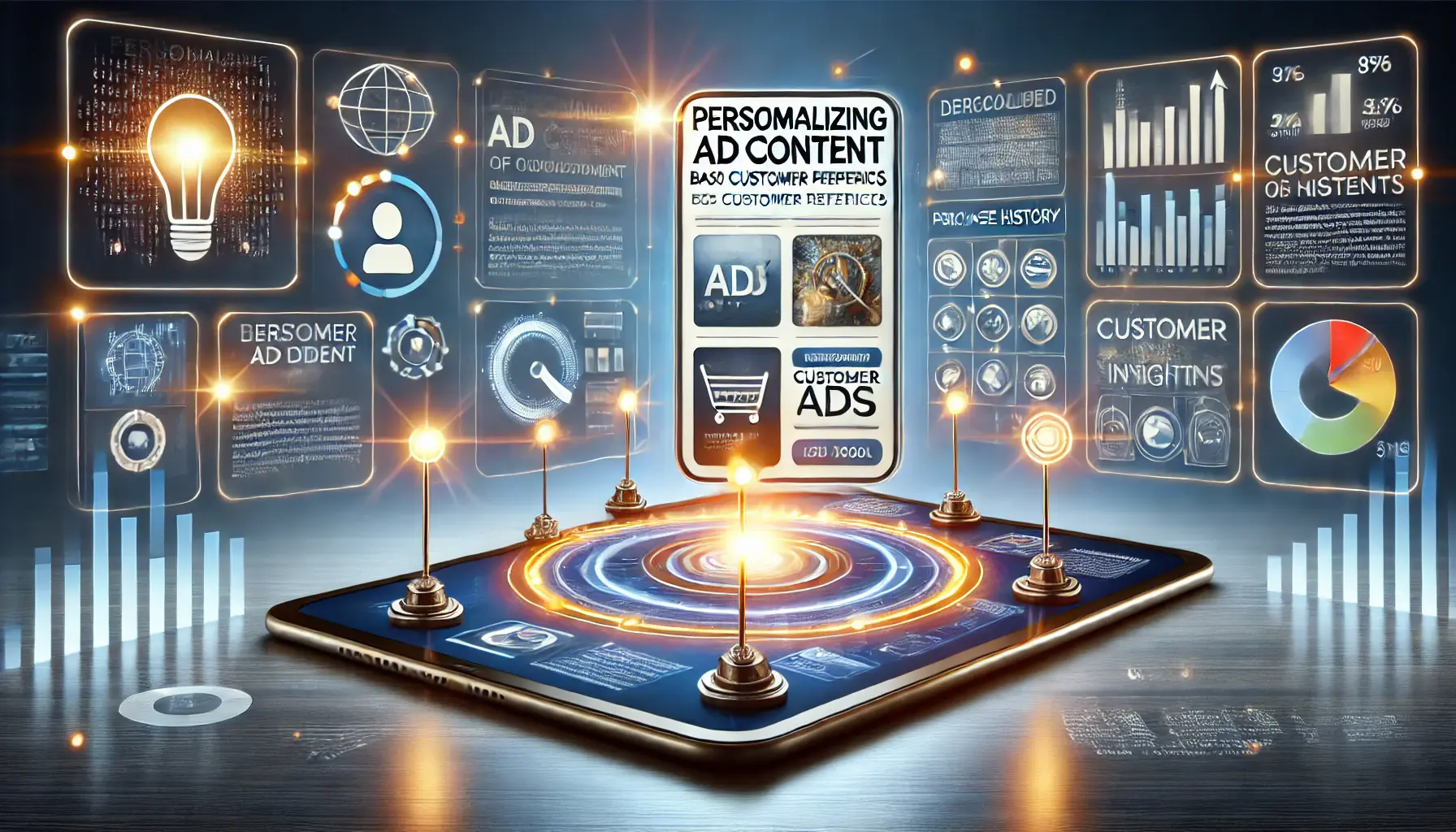
Tailoring Ad Content to Customer Preferences for Enhanced Engagement.
Personalizing Ad Content Based on Customer Preferences
Utilize the insights gained from your first-party data to tailor your ad content to individual customer preferences.
This can be achieved by:
- Dynamic Ad Content: Implementing dynamic ad elements that change based on user data, such as displaying products or services that a customer has previously shown interest in.
- Localized Messaging: Crafting ad copy that reflects local events, culture, or language nuances to better connect with the local audience.
- Personalized Offers: Providing special deals or discounts based on a customer’s past purchases or browsing behavior.
Personalized ads are more likely to capture attention and drive engagement, leading to higher conversion rates.

Optimizing Ad Delivery through Geo-Targeting for Enhanced Local Reach.
Implementing Geo-Targeting Strategies
Enhance the relevance of your ads by using geo-targeting strategies that focus on specific locations.
This involves:
- Location-Based Targeting: Utilizing customer location data to serve ads to users within a certain radius of your store.
- Localized Keywords: Incorporating location-specific keywords into your ad copy to improve search relevance.
- Event Targeting: Aligning your ads with local events or holidays to capitalize on increased local interest.
Geo-targeting ensures that your ads reach potential customers who are most likely to visit your store, thereby increasing foot traffic and sales.

undefined
Utilizing Retargeting Campaigns
Retargeting allows you to re-engage customers who have previously interacted with your brand.
By using first-party data, you can:
- Identify Past Visitors: Retarget users who have visited your website or engaged with your app but didn’t convert.
- Serve Personalized Ads: Serve ads displaying products or services that the user previously viewed or showed interest in.
- Offer Incentives: Offer special deals or discounts to attract return visits and conversions.
Retargeting keeps your brand top-of-mind and encourages potential customers to complete their purchase journey.
By effectively leveraging first-party data in your local store ad campaigns, you can build more relevant and engaging ads that drive customer engagement and boost sales.
Utilizing first-party data for personalization, geo-targeting, and retargeting ensures that your local store ads resonate with customers, driving foot traffic and conversions effectively.

undefined
Measuring and Analyzing Ad Performance Using First-Party Data
Effectively measuring and analyzing your advertising campaigns is crucial for continuous improvement.
Leveraging first-party data provides valuable insights into customer behavior and campaign effectiveness.
Here’s how to utilize this data for performance assessment:

undefined
Tracking Key Performance Indicators (KPIs)
Identify and monitor essential KPIs to evaluate your ad campaigns:
- Return on Ad Spend (ROAS): Calculate the revenue generated for every dollar spent on advertising to assess profitability.
- Conversion Rates: Measure the percentage of users who complete a desired action, such as making a purchase, after interacting with your ad.
- Customer Lifetime Value (CLV): Estimate the total revenue expected from a customer over their relationship with your business.
Utilizing first-party data enables precise tracking of these metrics, offering a clear view of your campaigns’ success.

Enhancing Marketing Campaigns through A/B Testing for Continuous Improvement.
Conducting A/B Testing for Continuous Improvement
Implement A/B testing to compare different ad elements and determine what resonates best with your audience:
- Ad Creatives: Test various images or videos to see which captures more attention.
- Ad Copy: Experiment with different headlines and messages to identify the most compelling language.
- Call-to-Action (CTA): Evaluate the effectiveness of different CTAs in driving user action.
By analyzing first-party data from these tests, you can make informed decisions to optimize your ads.

Gaining In-Depth Insights through Advanced Analytics Tools in Digital Marketing.
Utilizing Analytics Tools for In-Depth Insights
Employ analytics platforms to delve deeper into your ad performance:
- Google Analytics: Track user interactions and behaviors on your website post-ad engagement.
- Customer Relationship Management (CRM) Systems: Monitor customer interactions and sales data to assess the impact of your ads on revenue.
- Heatmaps: Visualize areas of your website that receive the most attention to understand user engagement.
Integrating first-party data with these tools provides a comprehensive understanding of your advertising effectiveness.
By systematically measuring and analyzing your ad performance using first-party data, you can refine your strategies, enhance customer engagement, and achieve better business outcomes.
Leverage KPIs like ROASReturn on Ad Spend, a metric to measure the revenue generated for each dollar spent on advertising. and conversion rates to assess campaign effectiveness. Utilize A/B testing and analytics tools to continuously refine your ad strategies for optimal performance.

undefined
Maximizing Local Advertising Success with First-Party Data
The power of first-party data in local store advertising is immense.
By tapping into the data you collect from your customers, you can transform your ad campaigns into personal, relevant, and impactful strategies.
This article has explored key approaches for leveraging first-party data, ensuring your local advertising efforts deliver measurable results.
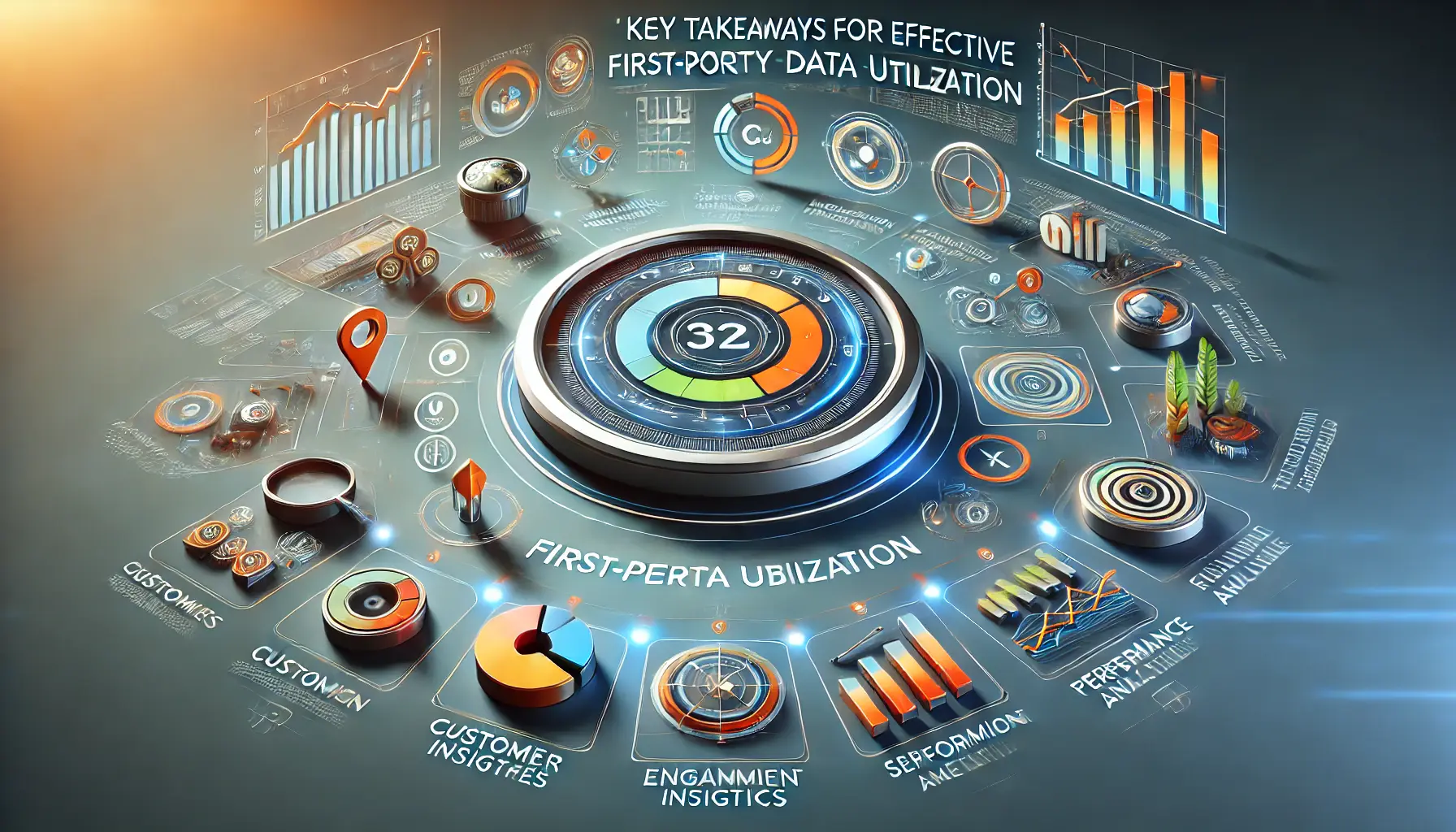
Visualizing Key Strategies for Maximizing First-Party Data Utilization in Marketing.
Key Takeaways for Effective First-Party Data Utilization
Throughout this guide, we’ve highlighted critical practices for making the most of first-party data:
- Data Collection: Employ tools like surveys, loyalty programs, and website analytics to gather accurate and actionable insights.
- Integration with Google Ads: Use Customer Match, audience segmentation, and data-driven insights to craft tailored campaigns.
- Optimization Techniques: Personalize content, implement geo-targeting, and retarget users to maximize ad relevance.
- Performance Analysis: Monitor KPIs, conduct A/B testing, and utilize analytics platforms to refine strategies and achieve better outcomes.

Exploring the Future of Advertising with First-Party Data and Advanced Analytics.
The Role of First-Party Data in Future Advertising
As privacy regulations evolve and third-party data becomes less accessible, first-party data stands as a cornerstone of modern advertising.
Businesses that invest in developing strong data strategies will gain a competitive edge in engaging with local customers effectively.
Measuring performance and iterating on ad strategies will ensure your campaigns remain relevant and impactful.
The insights provided by first-party data enable you to stay ahead in an increasingly competitive landscape while building long-term customer relationships.
The journey toward mastering first-party data doesn’t stop here.
By implementing the strategies discussed in this article, you’ll be well-equipped to enhance local store advertising and drive meaningful results for your business.
First-party data empowers businesses to craft impactful and compliant ad campaigns, fostering trust and loyalty while staying competitive in an evolving digital landscape.

Answering Common Questions about First-Party Data in Local Store Advertising.
Your campaigns can be managed by an agency specialized in Google Ads, check out our service page.
Frequently Asked Questions About First-Party Data in Local Store Advertising
Understanding the nuances of first-party data is essential for effective local store advertising.
Here are some common questions and concise answers to guide you:
First-party data is information your business collects directly from customers through interactions like website visits, purchases, and surveys.
First-party data is collected directly from your customers, while third-party data is aggregated from external sources without direct customer relationships.
It enables personalized, targeted campaigns that resonate with your local audience, enhancing engagement and conversion rates.
Utilize customer surveys, loyalty programs, website analytics, and in-store interactions to gather valuable customer insights.
Use tools like Customer Match to upload customer data, creating tailored ads that reach specific audience segments.
Segmentation enables precise targeting of your ads, making them more relevant to different customer groups and enhancing campaign effectiveness.
It provides insights into customer preferences and behavior, enabling the creation of ads that best suit individual interests.
It offers accurate metrics on customer interactions, helping assess the success of campaigns and informing future strategies.
By facilitating personalized experiences, it fosters trust and loyalty, leading to stronger, long-term customer relationships.











